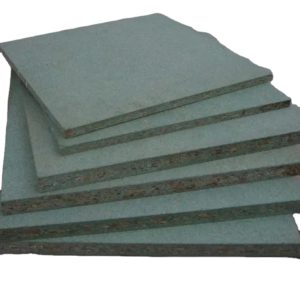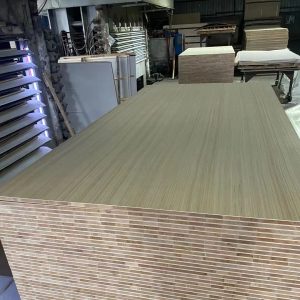Is Fibreboard Toxic? A Comprehensive Guide
Fibreboard is a material that is commonly used in the construction of homes and buildings. It is made from wood fibers that are compressed together to create a sturdy sheet of material. Fibreboard is available in various thicknesses, including 3/4 medium density fiberboard and 4X4 and 4X8 fiberboard sheets. It is also often used as a ceiling material. However, many people wonder if fibreboard is toxic and whether it can pose a health risk. In this comprehensive guide, we will explore the potential dangers associated with fibreboard and how to minimize any risks.
Fibreboard is made up of wood fibers, which are naturally organic materials. As such, they do not contain any toxic chemicals or compounds that could harm human health. However, during the manufacturing process, some chemical binders may be added to the fibers to help them stick together. These binders can sometimes release volatile organic compounds (VOCs) into the air, which can cause respiratory irritation, headaches, and other health problems for some individuals. Therefore, it is important to ensure that the fibreboard used in your home is low-emitting and meets safety standards set by regulatory agencies.

Another concern related to fibreboard is the potential for mold growth. Since fibreboard is made from organic materials, it can absorb moisture from the environment, which can lead to the growth of mold and mildew. Exposure to mold can cause respiratory problems, allergies, and other health issues. To prevent mold growth, it is important to ensure that your home is properly ventilated and that any moisture is promptly addressed. Additionally, you can use mold-resistant paints or treatments on fibreboard surfaces to further reduce the risk of mold growth.
In terms of its physical properties, fibreboard is generally considered safe when used properly. However, there have been reports of fibreboard shedding small particles or fibers that can be inhaled or ingested. While these particles are not necessarily toxic, they can still pose a risk to human health if they are present in high concentrations in the air. To minimize this risk, it is recommended that fibreboard surfaces be sealed or painted to prevent the release of particles into the air.

Overall, fibreboard is generally considered safe for use in homes and buildings when appropriate precautions are taken. By ensuring that the fibreboard used is low-emitting, properly ventilated, and well-maintained, you can reduce the risk of exposure to toxic chemicals or mold growth. If you have any concerns about the safety of the fibreboard in your home, it is always best to consult with a professional contractor or building inspector.
















